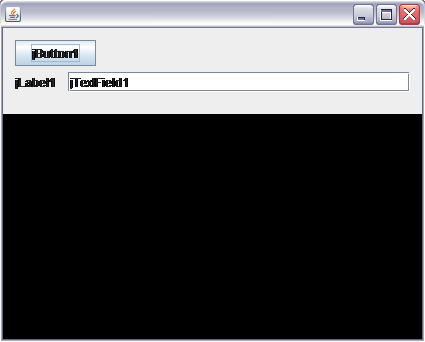Re: Texture rendering performance problems
Posted by Matteo Battaglio on Jul 26, 2010; 2:21pm
URL: https://forum.jogamp.org/Texture-rendering-performance-problems-tp966089p996442.html

Why are you associating PBOs with CPU based rendering?
My intentions are to achieve asynchronous and DMA-based texture transfers as described in this tutorial I've just found.
Since the decoding process is CPU-hungry, I need to optimize the most I can the rendering process.
So far I can say that:
-GLJPanel shouldn't be used, since without the opengl and noddraw options it doesn't enable hw acceleration
-The CPU load in my tests (which DON'T involve the decoding phase) is directly dependent on the video frame resolution (or -better - the video frame weight), suggesting that the problem lies in the textures not being transferred by the DMA but by the CPU.
URL: https://forum.jogamp.org/Texture-rendering-performance-problems-tp966089p996442.html
Using these options causes artifacts on my applications.. Here's an example:

In my code I don't use Buffered/VolatileImage, but only native ByteBuffers which are passed as parameter to glTexImage2D in the display() method of the GLCanvas/JPanel
As far as I know (after reading this thread) PBuffer and PBOs are two completely different things.. Am I wrong?
Why are you associating PBOs with CPU based rendering?
My intentions are to achieve asynchronous and DMA-based texture transfers as described in this tutorial I've just found.
The real problem is that my application is a video-surveillance application which needs to display up to 16 video panels, each of those rendering a 720x576 @ 25 fps video stream.
Since the decoding process is CPU-hungry, I need to optimize the most I can the rendering process.
So far I can say that:
-GLJPanel shouldn't be used, since without the opengl and noddraw options it doesn't enable hw acceleration
-The CPU load in my tests (which DON'T involve the decoding phase) is directly dependent on the video frame resolution (or -better - the video frame weight), suggesting that the problem lies in the textures not being transferred by the DMA but by the CPU.
| Free forum by Nabble | Edit this page |